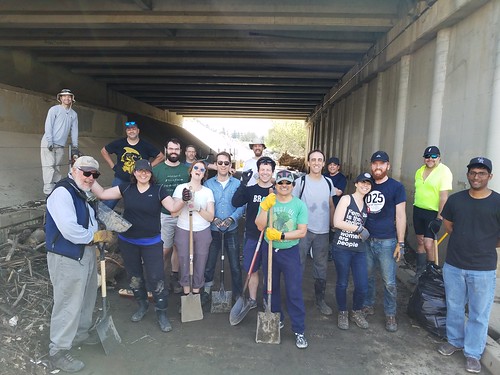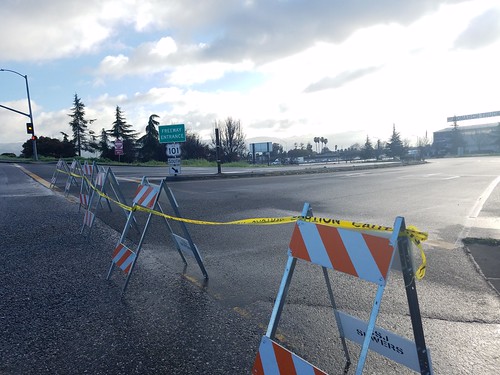Caltrans HQ is proposing new design guidance (titled DIB-94) related to “complete streets” to make design for walking and biking on certain state routes easier to accomplish. These proposed changes hopefully will allow Caltrans to use updated standards for vehicle lane widths, shoulder requirements, and bike lane widths that are not part of the Highway Design Manual.

Caltrans uses their Highway Design Manual to determine the geometry of California State Routes, and includes details on lane widths, turning radii, shoulder width, vertical clearances, and so forth. Remember, a California State Route designation does not necessarily mean a limited accesss freeway. State Route 1 through Santa Cruz, for example, is known in town as “Mission Street.” State Route 82 is El Camino Real through much of the South Bay and the Peninsula in the SF Bay Area. State Route 50 is the main street across South Lake Tahoe. Large sections of SR 1 in Southern California — the Pacific Coast Highway — are used as surface roads.

Efforts to improve walking and biking on these stroads cum state highways can be difficult due to Caltrans insistence that these improvements violate their highway design standards. In December 2021, Caltrans Director’s Policy 37 on Complete Streets (DP-37) established that “in locations with current and/or future pedestrian, bicycle, or transit needs, all transportation projects funded or overseen by Caltrans will provide comfortable, convenient, and connected complete streets facilities for people walking, biking, and taking transit or passenger rail unless an exception is documented and approved.”

In conjunction with this policy, Caltrans determined that new contextual design guidance was needed to detail the minimum expectations for complete streets facilities by place type. The goals for this new design guidance are to:
- Develop guidelines for comfortable, convenient, and connected facilities that maximize the use of the existing right-of-way by prioritizing space-efficient forms of mobility.
- Provide minimum expectations based on context.
- Provide additional guidance on appropriate designs, especially recommended vs minimum facilities.
- Support streamlined design development for high volume of complete streets projects, due to new policy & funding.
Caltrans says DIB-94 standards will apply to state routes were bike and pedestrian facilities will be provided; with speed limits of 45 MPH or less; and located in urban, suburban, or rural main street places.

To read the full draft design guidance, download and read this 71 page PDF. I know it’s a lot. To provide public comment, you have to this Excel “Comment Matrix” spreadsheet, fill in your comments, and email the completed sheet to Complete.Streets@dot.ca.gov. Public comment will be accepted through May 10, 2023.



